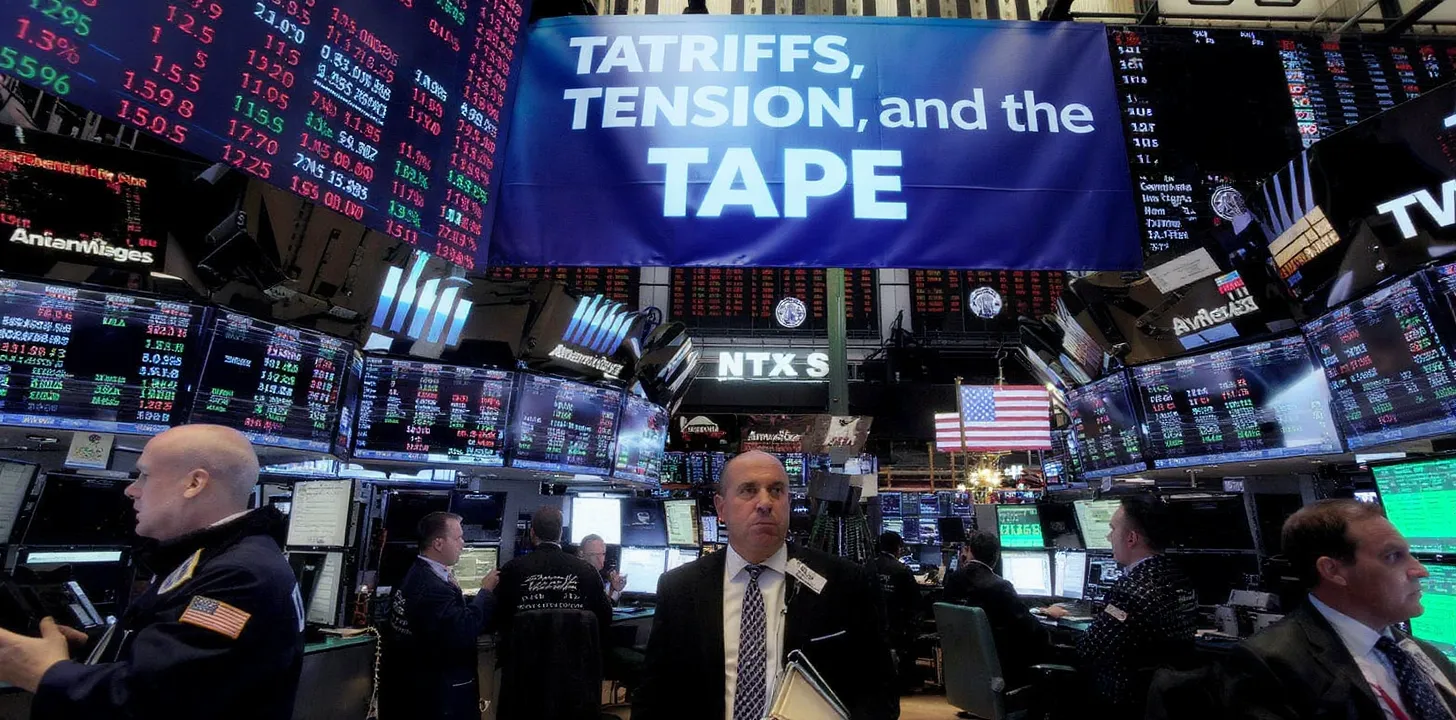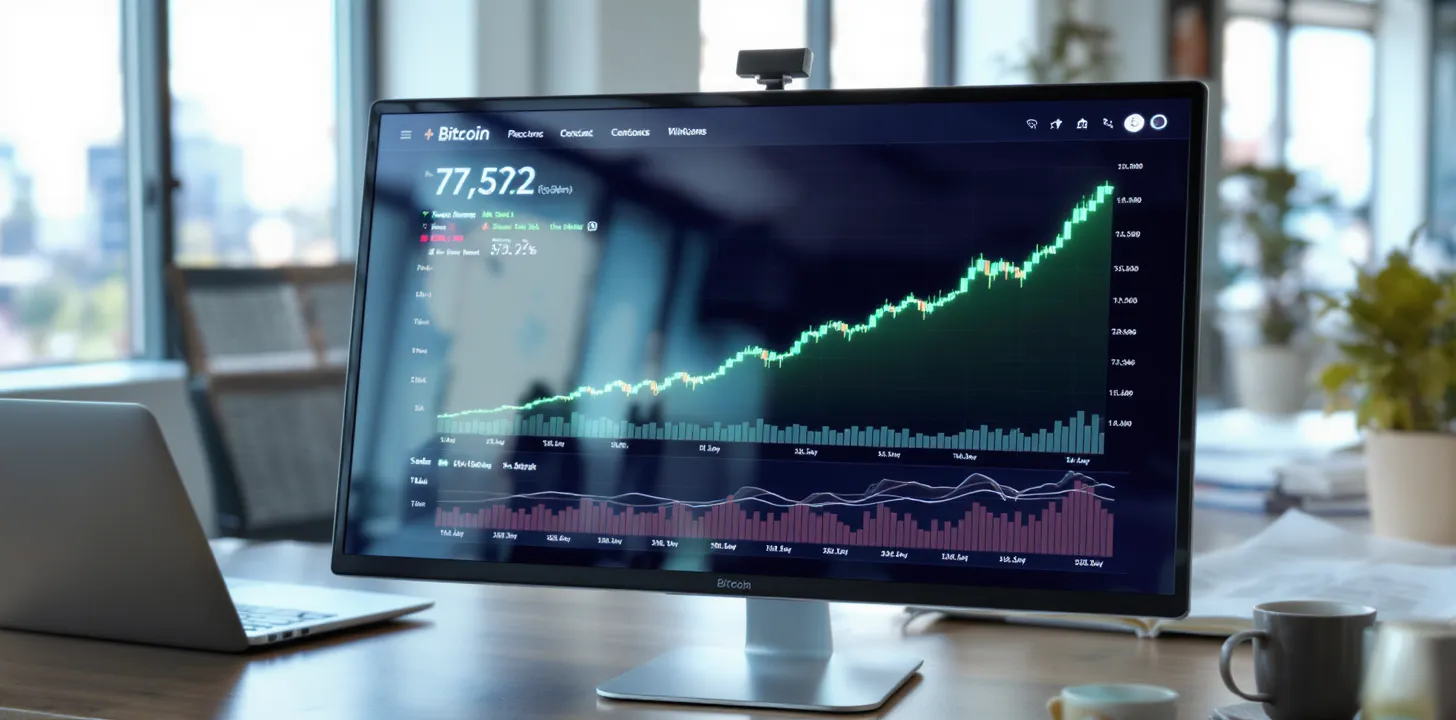The Greenback in Retreat: Domestic Fault-Lines and Policy Turbulence Behind the 2025 U.S. Dollar Slide
The Greenback in Retreat: Domestic Fault-Lines and Policy Turbulence Behind the 2025 U.S. Dollar Slide
Introduction – A $-Trillion Question
The U.S. dollar entered 2025 riding high on a multi-year yield advantage—but within six months it has posted its steepest first-half decline since free-floating exchange rates began in 1973, sliding more than 10 % on the broad dollar index. Investors who long treated the greenback as the “global risk-off asset” are suddenly asking how a currency backed by the world’s deepest capital markets could fall so far, so fast. To answer that question we need to peel back a complex web of domestic economics, fiscal politics, market micro-structure and credibility-driven expectations.
1. Quantifying the Drop
The dollar index (DXY) has broken below the 97 handle for the first time since early-2022, erasing nearly all of the 2024 post-pandemic gains. Against the euro the greenback trades near $1.18, while sterling sits close to three-year highs around $1.37. Momentum models that switched short in February have compounded pressure by forcing leveraged funds out of long-dollar carry trades.
2. Growth–Flation: An Awkward Mix
U.S. real GDP growth has cooled to an annualised 1.1 % in Q1 while headline CPI prints have hovered at 3.2 %—uncomfortably above the Federal Reserve’s target range. Core PCE has decelerated, yet only to 2.8 %. Combined with softer ISM and JOLTS readings, the data set points to “stag-flation lite,” undermining the narrative that the U.S. economy is the last man standing. If growth surprises slip further, real yield support for the dollar vanishes even before the Fed cuts.
3. Fiscal Overdrive and the Twin-Deficit Spiral
President Trump’s “One Big Beautiful Bill Act” and associated tax reforms are projected to widen the federal deficit by $2.4–3.3 trillion over ten years, pushing the fiscal gap toward 7 % of GDP in 2025. At the same time the current-account deficit has ballooned to $450 billion as tariff-driven imports of critical inputs surge. The textbook outcome—higher term premia and a weaker currency—has started to appear in forward-rate markets.
4. Fed Independence Under Siege
Markets do not price policy in a vacuum; they price the credibility of the policymaker. President Trump’s public demand that Chair Jerome Powell deliver immediate rate cuts, and hints that he may seek a more compliant successor, have rattled confidence in the Fed’s independence. History shows that political encroachment can add a risk premium of 50–100 bps to long-term yields, weakening the currency as foreign holders seek compensation for policy uncertainty.
5. Treasury-Market Microstructure—From “Duration King” to “Bill Nation”
In June, indirect bidders took just 59 % of a 30-year auction—well below the 12-month average—while bid-to-cover ratios on 3-month bills surged to record highs. Portfolio managers are shortening duration to hedge against a sudden inflation-risk premium, which flattens front-end yields but steepens the long end. The resulting curve dynamic compresses carry returns for dollar-funded investors, nudging them toward higher-yielding FX alternatives.
6. Equity-Market Feedback Loops
While the S&P 500 is up 5 % YTD, leadership is concentrated in a handful of mega-cap tech names. A rally driven by domestic equities with heavy foreign revenue exposure becomes self-reinforcing: each tick lower in the dollar boosts overseas earnings in dollar terms, supporting share prices and attracting global capital into U.S. stocks—but the same foreign inflows are increasingly currency-hedged, dampening spot-dollar demand.
7. Risk Dashboard & “What-If” Scenarios
What if the fiscal package stalls? A smaller deficit stabilises term premia but at the cost of lower growth—net dollar-neutral to slightly positive.
What if Trump escalates tariff threats? Supply-side inflation and retaliation risk could force the Fed into a stagflationary bind, pushing the dollar lower.
What if Powell is replaced early? Even if legally difficult, headline risk alone could trigger a run on U.S. long bonds, accelerating dollar weakness.



